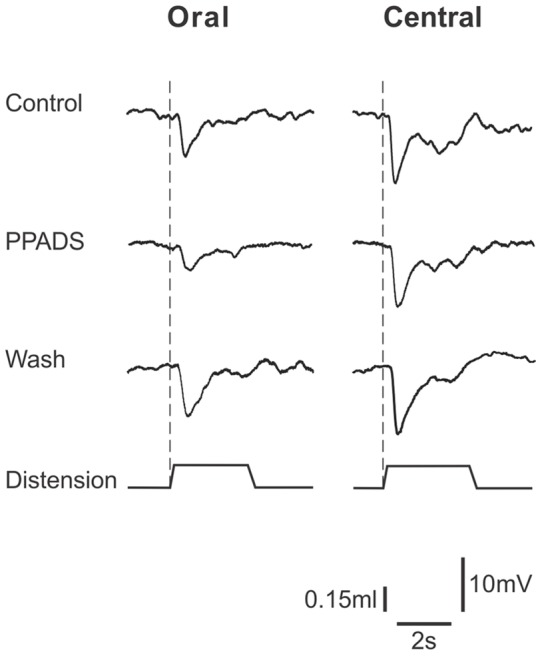Figure 4. PPADS (30 μM) depresses descending inhibitory reflexes by an action on synapses between interneurons.

The left column shows IJPs evoked in circular muscle in the anal chamber by distension (time course shown in lower trace of each panel) applied in the oral (far) chamber of a three chambered organ bath. IJPs were depressed when PPADS (30 µM) was present in the central chamber of this organ bath and this was partially reversed on washout of the P2 antagonist. The right column shows IJPs evoked in the anal recording chamber by distension applied in the central chamber. PPADS had no effect. As PPADS can only act on synapses in the central chamber under these conditions, the depression of transmission through the central chamber is likely to be due to an action on transmission between interneurons, while transmission from the distension-sensitive sensory neurons was unaffected.
